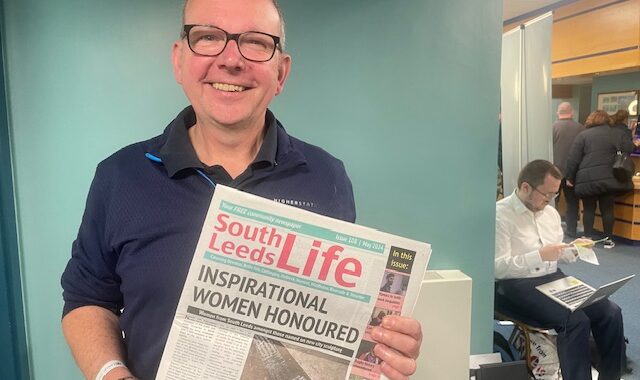The community journalists we work with tend to be stretched remarkably thin, covering their communities and running their business each day. So the idea of asking them to carve out time and resources to dedicate to testing some big ideas, ones that could potentially reshape the work they were doing, was a hard sell.
So when Molly De Aguiar and I began working with six small local newsrooms in New York and New Jersey we focused on small changes rooted in clearly identified community needs. Instead of big moonshots, we pursued a model of incremental innovation. We prototyped ideas, tested them with local residents, learned and tried again.
This month we released six essays about what we learned at the Local News Lab, a project of the Geraldine R Dodge Foundation, where we have spent 18 months testing new ideas for revenue models and community engagement in local news. So far the results are promising. All the newsrooms we are working with are reporting increases in revenue, traffic and engagement and we have set up a series of innovative new networks and partnerships which are making local news more resilient and collaborative.
Here are four key takeaways from the report:
1) There is Real Money in Local Ads But Hyperlocal Newsrooms Need Help With Sales
Advertising has its problems – from fraud to ad-blockers – but at the local level, outside the scope of big programmatic ad networks where local newsrooms are selling direct to local businesses there is still good money to be made. However, hyperlocal newsrooms need help with ad sales. We supported the development of an ad sales bootcamp and workshops on recruiting sales people and offered hands on coaching for hyperlocal publishers. You can watch that recruiting workshop here.
2) Crowdfunding is a Means to an End, Not an End in and of Itself
Our work has shown that local journalists can run excellent and successful crowdfunding campaigns. But crowdfunding is not a silver bullet for hyperlocal revenue, it has to be part of a larger sustainable revenue strategy. Both of the newsrooms who experimented with crowdfunding campaigns reached their goals, but almost more important than the money was the community they built. Using a crowdfunding campaign to rally local support and give people a way to invest in your work can be the first step in starting a membership or events program.
3) Innovation in Revenue Can’t be Separated from Engagement With Community
As we sought to help local newsrooms develop new products we looked at balancing journalists’ capacity and resources with community needs. To do that, we analyzed a newsrooms’ strengths and weaknesses and held a series of focus groups with local residents. Often there were things newsrooms were already doing that could be revenue generating (like newsletters or videos) or could be improved to better fit local gaps in services. Other times we developed new products, like loyalty card programs, that met both community and local business needs.
4) United We Stand, Divided We Fall
In our work in NJ we have seen the power and potential of bringing hyperlocal publishers together around training, engagement and collaborative reporting. Strengthening capacity by sharing skills and leveraging the reach of our combined voices is increasingly important as community journalists move from start-up to sustainability. There is an important role for people and institutions who can help forge these kinds of new networks and partnerships.
Download the Local News Lab Report
Local News Lab is a sustainable journalism project in the US run by the Geraldine R. Dodge Foundation, working with community news groups in New Jersey. Josh Stearns is Director of Journalism and Sustainability at Geraldine R Dodge Foundation. Find him on Twitter at @jcstearns.




